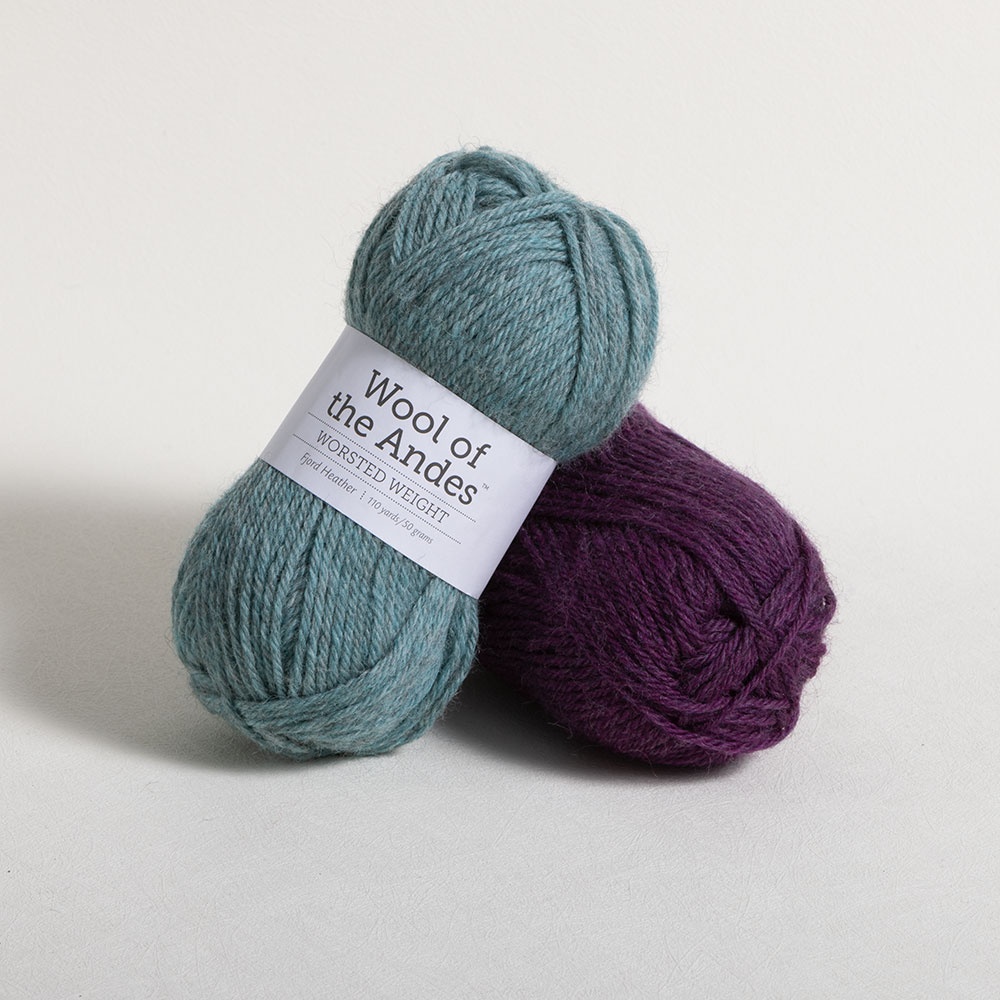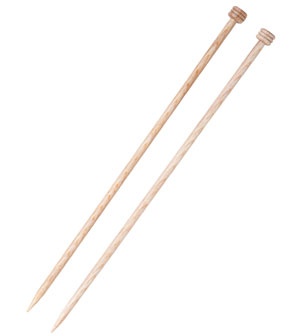Knitting My Cozy Scarf Project
I remember staring at my first knitting project, completely overwhelmed by yarn weights and needle sizes, wondering if I was overthinking something as basic as a scarf. Here's what I wish someone had told me then: knitting your first scarf shouldn't be confusing or fussy. If you've ever stalled on yarn choices, needle sizes, or keeping edges neat, this post is for you. By the end, you'll know what makes a scarf cozy and wearable, how to set yourself up for smooth stitches, and what to do when the fabric doesn't behave.
Is This Project For You?
If you’re brand new or picking up needles after a long break, this project is for you. You want a calm, TV friendly make that still looks giftable. You’re okay practicing the basics if the fabric feels soft and the edges look tidy. That’s exactly what this scarf does. We keep the stitch pattern simple so your hands learn a steady rhythm and your brain gets the small wins that make you want to keep going. This works even if you only knit in short bursts during the week. Bulky yarn gives you a weekend finish. Worsted yarn gives you a few cozy evenings. Either way, you get a squishy, real scarf that feels good to wear and makes you proud to say I made this. Check out the free printable Fiber Arts Quick Guide below.
New To Knitting?
I have you covered. I have several posts about yarn weights and conversions along with several beginner knitting and crochet patterns. Check out our posts on Fiber Arts.
Get The Guide
Learn core techniques, tools, and terms for knitting, crochet, weaving, and simple sewing. Clear steps, beginner checklists, and quick wins so you can start today.
Disclosure
Some links on FiberMaiden are affiliate links. When you click and purchase, I may earn a small commission at no extra cost to you. I partner only with brands and tools I trust and use in my own kitchen, studio, and garden. Your support means a lot.
Get 3 Free Recipes
Exclusive seasonal recipes for email members. High value, low frequency.
Troubleshooting and safety notes
Let's talk about the things that might make you want to throw your needles across the room, because we've all been there. Edges looking messy? I spent my first project convinced I was just bad at knitting because my edges looked like a toddler had worked on them. Slip the first stitch of every row or add a small garter border. Your Project Card shows both options. Uneven tension? Knit a 10 to 15 row warm up swatch and loosen your grip a little. The fabric usually evens out once your hands relax. Curling at the sides? Choose garter or rib, or add a border and give it a light block at the end.
Comfort check: stretch every 20 to 30 minutes, rest your shoulders, and keep wrists neutral. Cap your needle tips when you pause so the project doesn’t snag in your bag.
Frequently Asked Questions
How long will this scarf take
What yarn weight feels the coziest
My edges look messy. What should I do
Can I rescue a dropped stitch
Fiber Arts Quick Guide
One page for yarn weights, needle & hook sizes, gauge basics, and quilt math. Keep within reach while you work.
Yarn weights at a glance
| Weight | CYC # | Knit gauge (sts/4 in) • Needles US | Crochet gauge (sts/4 in) • Hook |
|---|---|---|---|
| Lace | 0 | 33–40+ • 000–1 | 28–36+ • Steel/B–C |
| Fingering / Sock | 1 | 27–32 • 1–3 | 21–32 • B–E (2.25–3.5 mm) |
| Sport | 2 | 23–26 • 3–5 | 16–20 • E–7 (3.5–4.5 mm) |
| DK | 3 | 21–24 • 5–7 | 12–17 • 7–I (4.5–5.5 mm) |
| Worsted | 4 | 16–20 • 7–9 | 11–14 • I–K (5.5–6.5 mm) |
| Bulky | 5 | 12–15 • 9–11 | 8–11 • K–M/N (6.5–9 mm) |
| Super Bulky | 6 | 6–11 • 11–17 | 5–9 • M/N–Q (9–15 mm) |
| Jumbo | 7 | 1–6 • 17+ | 0–5 • Q+ (15 mm+) |
Always swatch. Fiber content, twist, and your tension change gauge.
Needle and hook conversions
Knitting needles (US ↔ mm)
| US | mm |
|---|---|
| 0 | 2.00 |
| 1 | 2.25 |
| 2 | 2.75 |
| 3 | 3.25 |
| 4 | 3.50 |
| 5 | 3.75 |
| 6 | 4.00 |
| 7 | 4.50 |
| 8 | 5.00 |
| 9 | 5.50 |
| 10 | 6.00 |
| 10.5 | 6.50 |
| 11 | 8.00 |
| 13 | 9.00 |
| 15 | 10.00 |
Crochet hooks (Letter ↔ mm)
| Hook | mm |
|---|---|
| B | 2.25 |
| C | 2.75 |
| D | 3.25 |
| E | 3.50 |
| F | 3.75 |
| G | 4.00 |
| 7 | 4.50 |
| H | 5.00 |
| I | 5.50 |
| J | 6.00 |
| K | 6.50 |
| L | 8.00 |
| M/N | 9.00 |
| N/P | 10.00 |
Gauge and swatch basics
- Knit or crochet a 6 × 6 in swatch. Wash and lay flat to dry.
- Measure the center 4 in square. Count stitches and rows.
- Stitches per inch: stitches in 4 in ÷ 4. Rows per inch: rows in 4 in ÷ 4.
Cast on = target width (in) × stitches per inch + 2 edge stitches.
Rows to length = target length (in) × rows per inch.
Quilt and sewing quick math
- Seam allowances: quilting 1/4 in • garments 5/8 in
- Half-square triangles (HST): cut size = finished size + 7/8 in (or add 1 in and trim to square)
- Quarter-square triangles (QST): cut size = finished size + 1 1/4 in
- Binding estimator: total length = perimeter + 12 in; strip count = ceil(total ÷ WOF). Typical strip width 2.5 in
- Prewash tips: prewash reds/darks. Press, square the grain, then cut.
Labeling and project notes
- Yarn or fabric source, colorway, lot, and fiber content
- Gauge and needle or hook size
- Pattern name and size adjustments
- Wash and care instructions
© FiberMaiden • www.fibermaiden.com











